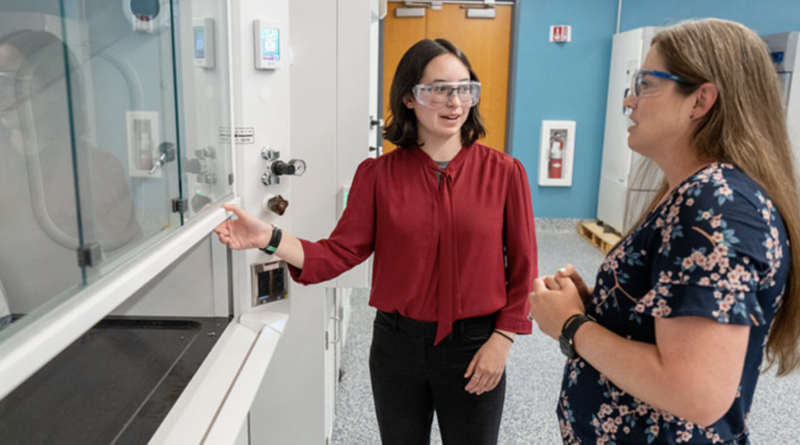NREL Awards $1.8 Million in Second Round of Contracts To Support Development of Cheaper, More…
The National Renewable Energy Laboratory (NREL), on behalf of the U.S. Department of Energy Solar Energy Technologies Office (SETO), has awarded $1.8 million to fund seven projects to support the Cadmium Telluride Accelerator Consortium (CTAC). Announced in August 2022, CTAC is a three-year consortium intended to accelerate the development of … [continued]










